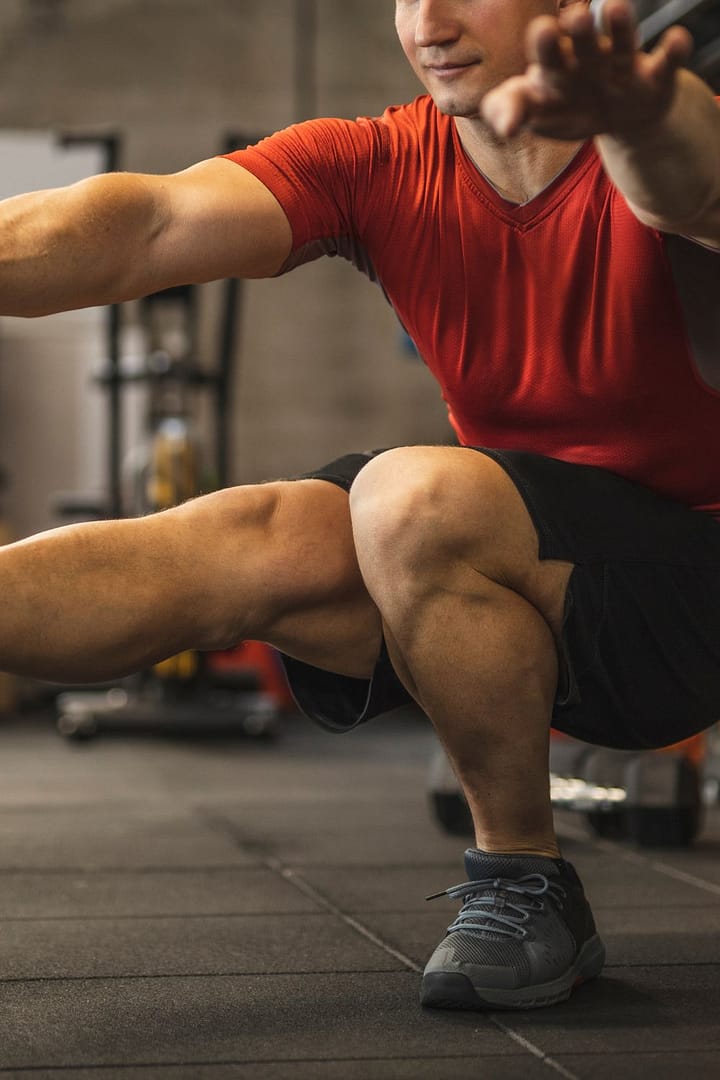Single-leg squats and full squats engage different muscle groups and require different levels of balance and stability.
If you struggle with single-leg squats due to weakness or lack of balance, it doesn’t necessarily mean you can’t perform a full squat.
However, it might indicate areas you need to work on to improve your overall lower body strength and stability.
Here’s a breakdown of considerations:
Understanding Single-Leg Squats:
Balance and Stability:
Single-leg squats demand more balance and stability than full squats.
Muscle Engagement:
They engage smaller stabilizing muscles alongside primary muscles like the quads, glutes, and hamstrings.
Progression:
They can serve as a progression toward more challenging lower body exercises.
Full Squats:
Muscle Engagement:
Engage major muscle groups and require strength in both legs simultaneously.
Adaptability:
Can be modified with different foot positions, depths, or weights.
Stability:
Require less balance and stability compared to single-leg squats.
Recommendations:
Work on Stability:
Focus on exercises that improve balance and stability, like lunges, step-ups, or assisted single-leg squats, to build strength.
Technique Overload:
Master proper squat technique before loading with weights. Start with bodyweight squats or use a stability aid.
Modify Full Squats:
Start with partial or assisted full squats if single-leg squats are challenging, gradually working towards a full range of motion.
Remember, always listen to your body and consult a fitness professional or physical therapist for personalized guidance. Each person’s abilities and limitations differ, and a tailored approach is crucial for progress and injury prevention.


